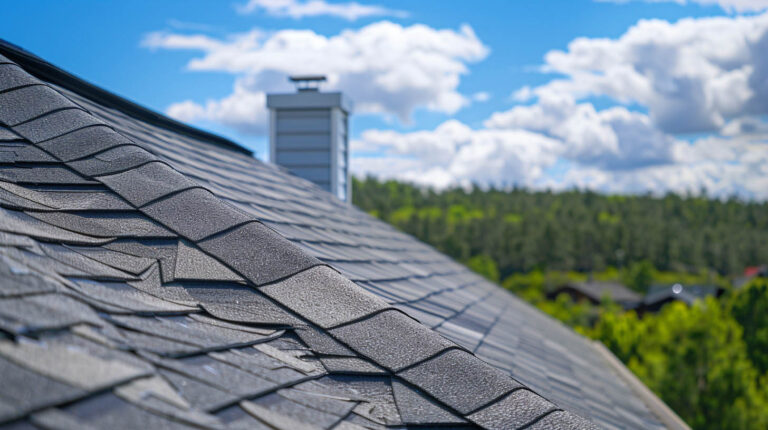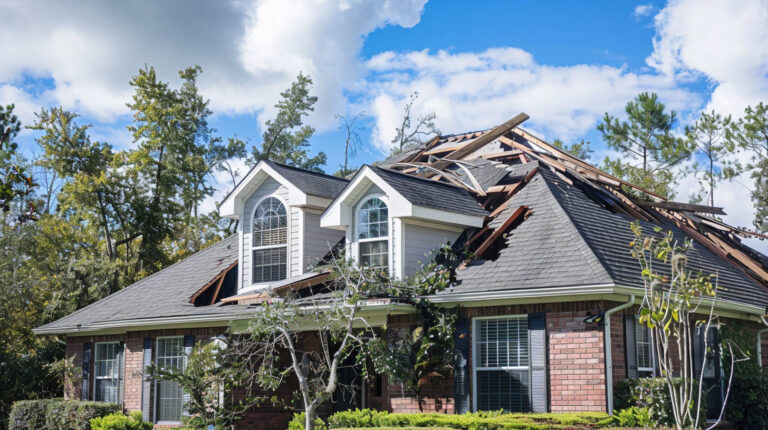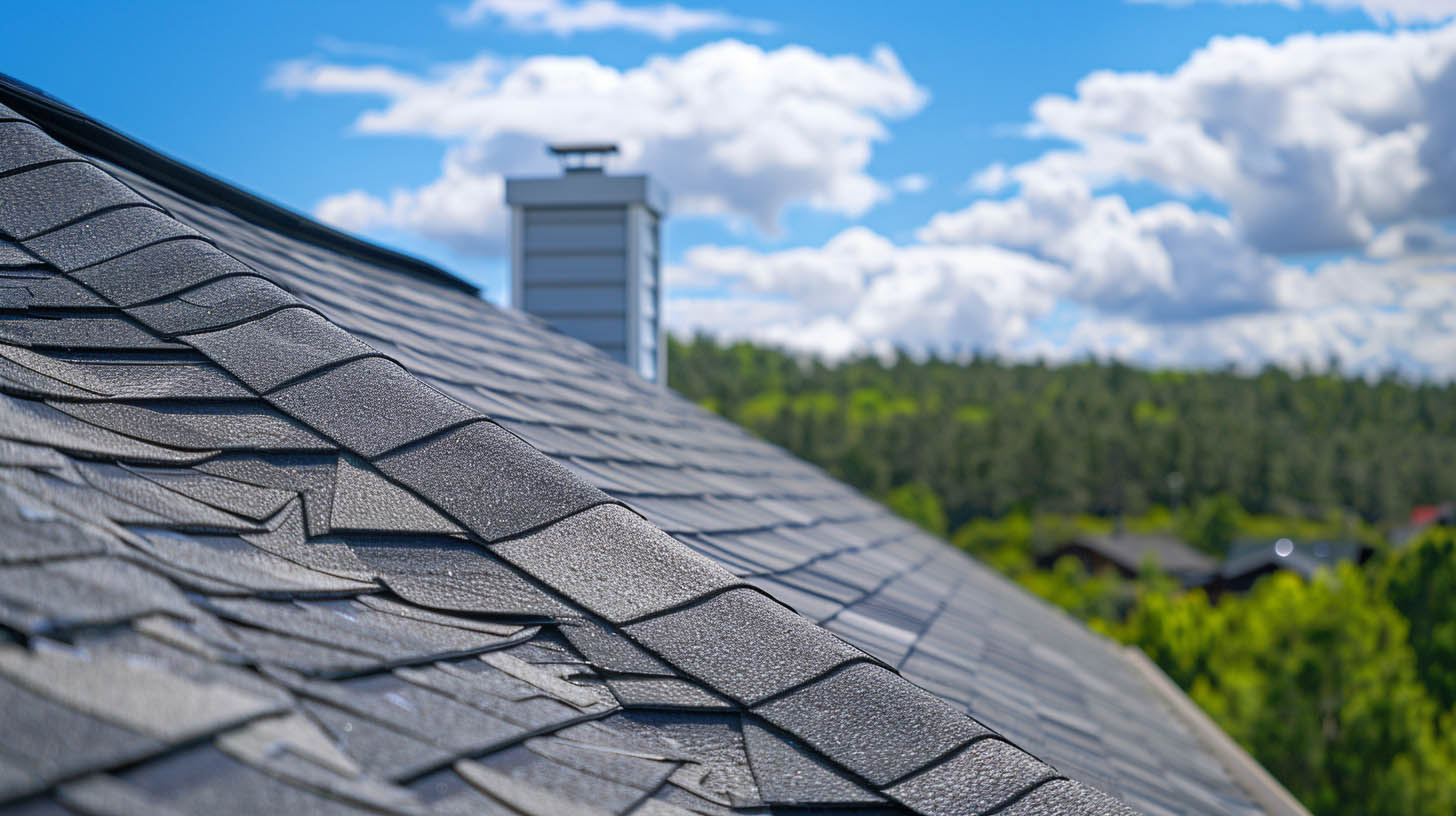
Blog
Why Ventilation Matters: How a Properly Ventilated Roof Saves You Money
Many homeowners in Jacksonville overlook the critical role of roof ventilation, but it is a key factor in your home’s health and budget. Proper ventilation is not just about airflow; it’s about protecting your investment and improving your home’s energy efficiency. As a veteran-owned, locally operated company, we at Avenue Roofing want to show you how a well-ventilated roof can save you significant money and provide lasting peace of mind.
The Importance of Roof Ventilation for Jacksonville Homes
Ensuring proper roof ventilation is crucial for homes in Jacksonville, FL, where humidity levels can spike. A ventilation system designed to facilitate the continuous airflow helps manage heat buildup and excess moisture, preventing costly repairs and structural damage. By allowing fresh air to replace warm air, roof vents such as ridge and soffit vents enhance the energy efficiency of the HVAC system, ultimately reducing energy consumption. This balance not only safeguards roofing materials but also enhances indoor air quality and comfort throughout the year.
Contact UsHow Proper Ventilation Reduces Energy Bills
A well-implemented ventilation system significantly lowers energy consumption by maintaining balanced airflow in your attic space. By facilitating the continuous movement of air, proper roof ventilation helps to reduce the buildup of excess heat during warmer months, thereby easing the burden on your air conditioner. This proactive measure not only leads to noticeable energy savings reflected in lower utility bills but also enhances your home’s energy efficiency, ultimately contributing to a healthier living environment and extending the life of your HVAC system.
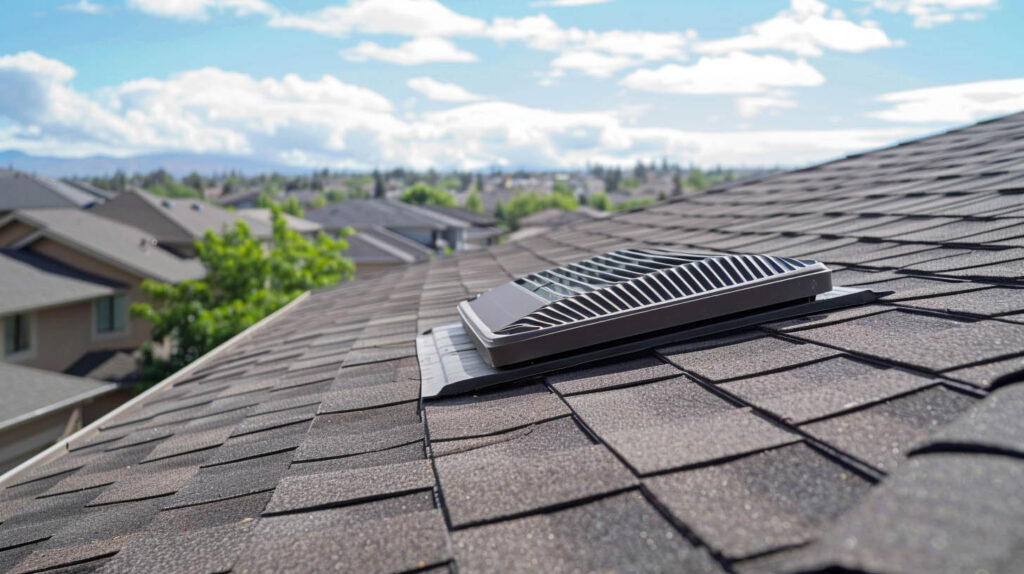
Why Florida’s Climate Makes Ventilation Essential
Florida’s humid subtropical climate intensifies the importance of proper roof ventilation. High humidity levels combined with excessive heat lead to significant moisture buildup, which can compromise a roofing system’s integrity. During hot months, inadequate ventilation traps warm air in the attic, causing heat transfer that directly impacts energy costs. Implementing a balanced airflow through ridge and soffit vents can mitigate these issues, ensuring the longevity of roofing materials and reducing the likelihood of costly repairs. This is vital for maintaining home comfort and energy efficiency.
Key Benefits of a Well-Ventilated Roof
A well-ventilated roof significantly enhances the lifespan of your roof by promoting continuous airflow and reducing heat buildup. This proper ventilation prevents moisture damage, minimizing the risk of structural issues such as wood rot and mold growth. By maintaining balanced airflow, homeowners benefit from improved indoor air quality and comfort while decreasing energy consumption. Ultimately, investing in an efficient roof ventilation system translates to substantial energy savings and peace of mind, safeguarding your home from costly repairs in the long run.
Extending the Lifespan of Your Roof With Better Airflow
Consistent and balanced airflow plays a crucial role in prolonging the life of your roof. Adequate roof ventilation helps dissipate excessive heat and moisture that can lead to structural damage, reducing the risk of costly repairs. By maintaining optimal humidity levels, the risk of mildew growth and wood rot diminishes significantly. Proper ventilation systems, such as ridge and turbine vents, ensure effective air circulation, enhancing the longevity of your roofing materials and ultimately safeguarding your investment against the elements.
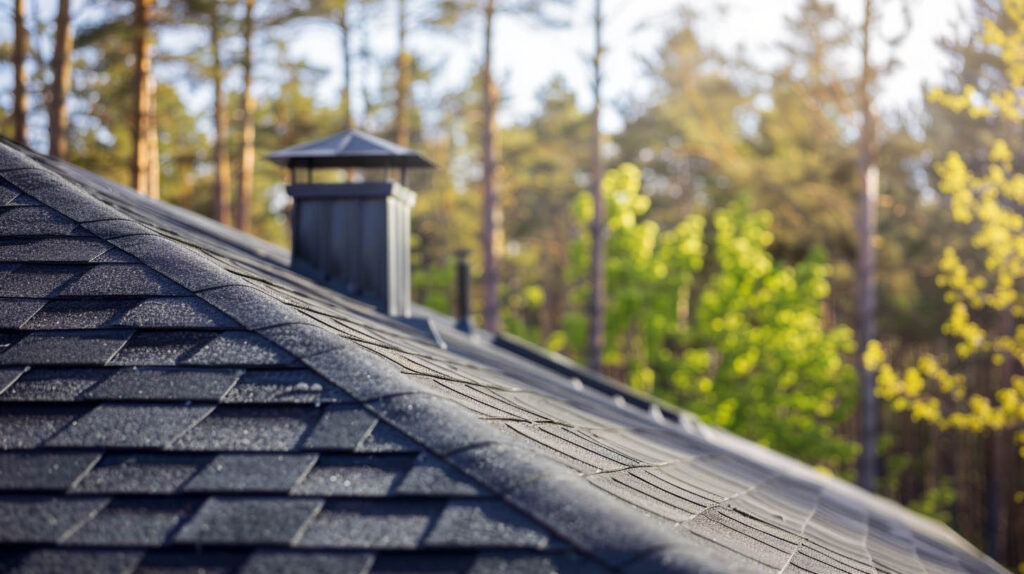
Preventing Moisture Damage
A well-maintained roof ventilation system plays a crucial role in moisture control by ensuring continuous airflow throughout the attic space. Without proper ventilation, warm, moist air can become trapped, leading to excess humidity levels that foster mold growth and structural damage. Ventilation features such as soffit and ridge vents promote balanced airflow, crucial for minimizing moisture buildup. Proactively addressing moisture issues not only extends the lifespan of your roof but also averts costly repairs associated with mold and mildew, offering peace of mind for homeowners.
Signs Your Roof May Need Improved Ventilation
How can you tell if your roof has a ventilation problem? Often, the signs are subtle but become more obvious once you know what to look for. Issues like inconsistent indoor temperatures or moisture in your attic space can indicate poor ventilation. Ignoring these warnings can lead to more significant problems and the need for expensive roof repairs. Being aware of the common symptoms is the first step toward protecting your home. A quick check of your attic and a review of your energy bills can reveal a lot about your roof’s health.
Common Symptoms of Poor Attic Ventilation
Signs of inadequate attic ventilation can manifest in various ways, significantly impacting your home’s energy efficiency. Look for issues such as excessively high energy bills, as increased cooling demands from your HVAC system indicate heat buildup. Moisture damage, evident through mold growth or wood rot, often results from trapped humid air. Additionally, noticeable temperature differences between the attic and living spaces can signal poor airflow and inefficient ventilation systems, ultimately jeopardizing the lifespan of your roof and leading to costly repairs.
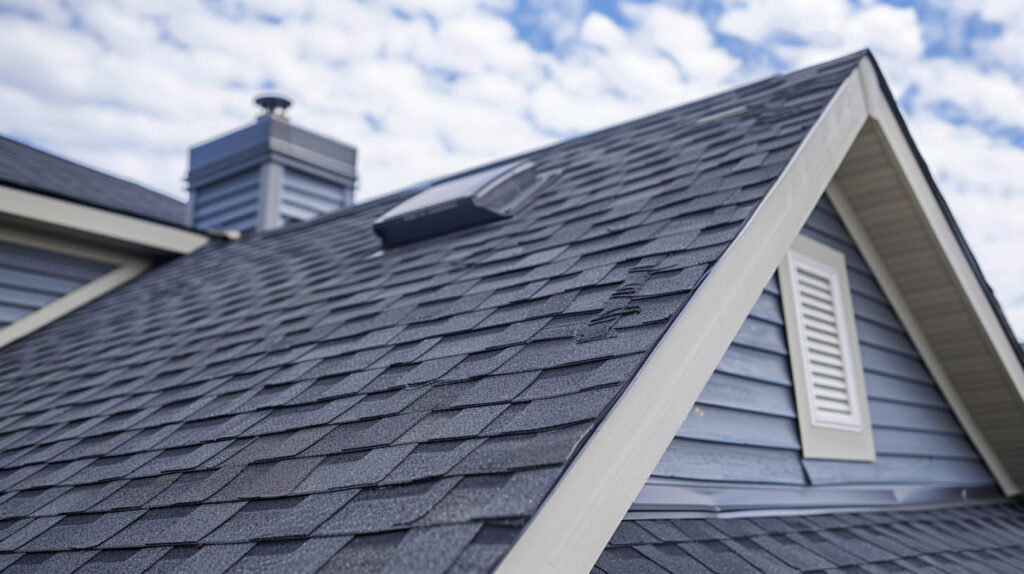
Impact on Home Comfort and Indoor Air Quality
Effective roof ventilation significantly enhances indoor air quality and overall home comfort. By facilitating balanced airflow, it prevents the buildup of moist air, reducing humidity levels and minimizing the likelihood of mold and mildew growth. This not only fosters a healthier living environment but also optimizes the functioning of your HVAC system. As heat buildup is effectively controlled, temperatures remain comfortable year-round, leading to improved energy efficiency and ultimately lowering energy bills.
Most Effective Roof Ventilation Systems
There is no one-size-fits-all solution for roof ventilation; the most effective roof ventilation systems use a combination of components to create balanced airflow. The goal is to allow cool, fresh air to enter the attic while pushing hot, stale air out. This continuous cycle is what keeps your attic dry and at a stable temperature.
Common types of vents include ridge vents, soffit vents, and gable vents, each playing a specific role. A balanced ventilation system typically combines intake vents, which pull air in, with exhaust vents, which let air out. Understanding how these components work together can help you choose the right setup for your Jacksonville home.
Ridge Vents, Soffit Vents, and Their Roles
Ridge vents and soffit vents play critical roles in facilitating proper roof ventilation, ensuring balanced airflow throughout your home. Ridge vents, installed at the peak of the roof, allow hot air to escape, effectively reducing heat buildup. Conversely, soffit vents draw in cooler air from outside, leading to a continuous flow of air that mitigates moisture issues. Together, these ventilation systems enhance energy efficiency, prolong the lifespan of your roof, and prevent costly repairs caused by structural damage or mold growth.
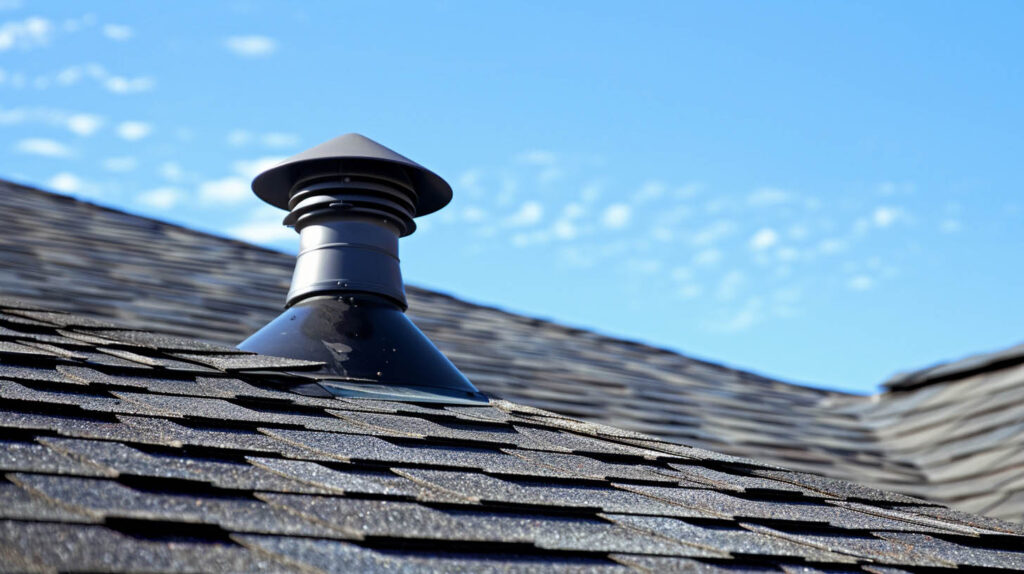
Choosing the Right System
Selecting an appropriate roof ventilation system for Jacksonville’s unique climate involves a careful assessment of local humidity levels and temperature fluctuations. Soffit and ridge vents work together to create balanced airflow, allowing for efficient heat transfer and moisture control. Turbine vents can be an excellent choice to combat excess heat buildup, ensuring that any hot air is effectively expelled, thus enhancing your home’s energy efficiency. A roofing contractor can provide expertise in determining the specific needs of your roofing system.
Our Approach to Ventilation Upgrades
At Avenue Roofing, we handle ventilation upgrades with the same precision as our roof installations. As a trusted local contractor, we know a quality roof is a complete system—proper ventilation is essential.
Whether upgrading your current setup or replacing your roof, our team offers expert guidance and craftsmanship. We optimize your ventilation for long-term performance, ensuring lasting peace of mind. Here’s how our certifications guarantee quality results.
Certified Installations
Choosing Avenue Roofing for your ventilation needs is a smart investment. As a Select Shingle Master contractor—a distinction held by few—we meet the highest standards for installation and professionalism, ensuring your roof is built to exact specifications for optimal performance and warranty protection.
Our A+ BBB rating and Google Guaranteed badge further reflect our reputation for reliability and customer satisfaction in Jacksonville. With us, you get a contractor known for integrity and superior craftsmanship. We use top brands like GAF and CertainTeed, so your roofing system—ventilation included—is built with durable, high-quality materials. Our certified installations deliver results that look great and provide long-lasting protection and value.
Call Us 904-712-3494Reach out to Us
In summary, ensuring proper roof ventilation is crucial for homeowners in Jacksonville, FL. With our humid climate, effective airflow not only helps in reducing energy bills but also extends the lifespan of your roof and prevents costly moisture damage and mold growth. At Avenue Roofing, we take pride in our meticulous approach. If you suspect your roof may be under-ventilated or are considering an upgrade, reach out to us for a quote tailored to your needs. Your home deserves the best care, and we’re here to provide it.
Frequently Asked Questions
How does roof ventilation prevent damage to my home?
Proper roof ventilation prevents damage by allowing excess heat and moisture buildup to escape your attic. This helps stop the growth of mold, prevents wood rot, and protects roofing materials from premature deterioration, preserving your home’s structural integrity and improving its energy efficiency.
What problems can occur if a roof isn’t ventilated properly?
Poor roof ventilation can lead to mold and mildew growth in your attic space, warped roof decking, and premature shingle aging. It also increases energy consumption due to trapped heat, which can strain your HVAC system and lead to costly repairs and higher utility bills.
Read our blog: A Step-by-Step Guide to Navigating Roof Insurance Claims in Jacksonville
